July marks a pivotal moment in the gardening calendar as it transitions from the intense heat of summer into the planting opportunities that lie ahead for fall and winter crops.
Each region of Florida has its own unique climate characteristics, influenced by the USDA Plant Hardiness Zones that range from 8a to 11. Understanding what to plant in July can help gardeners in Florida make the most out of the growing season.
Vegetables To Plant
Tomatoes
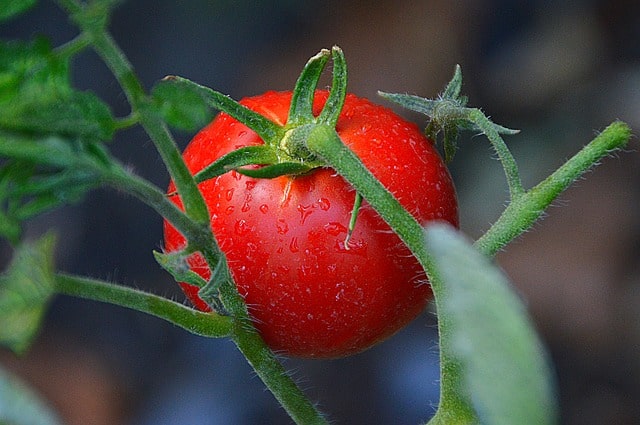
Tomatoes are a staple in gardens across Florida and can be successfully planted in July, especially in the southern regions (9-11) until mid-month. Varieties like “Heatmaster” and “Solar Fire” are particularly suited to withstand high temperatures. Tomatoes flourish in temperatures of 70°F to 85°F but can tolerate some heat if nurtured properly. Be mindful to provide shade during extreme heat, as tomatoes can suffer from blossom drop if temperatures exceed 90°F consistently.
Peppers

Peppers enjoy the warm climate of Florida; thus, July is an ideal time for planting varieties such as bell peppers, jalapeños, and habaneros. These plants thrive best in temperatures ranging from 70°F to 90°F. Alongside their temperature preference, peppers are also relatively drought-tolerant, making them perfect for Florida’s summer months. For best results, ensure they are planted in well-drained soil, rich in organic material.
Corn
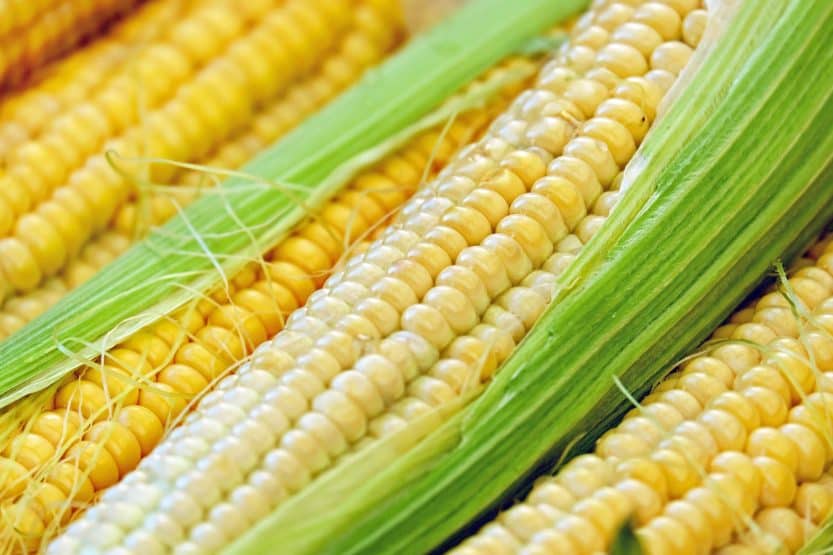
July is a suitable time to plant sweet corn, particularly in the central and southern regions of Florida. Corn does well in warmer soils and air temperatures, peaking around 60°F to 95°F for optimal seed germination. Corn is also a heavy feeder, so it is advisable to enrich the soil with compost or well-rotted manure. Adhering to proper spacing is key as it helps with airflow and reduces disease occurrences.
Okra
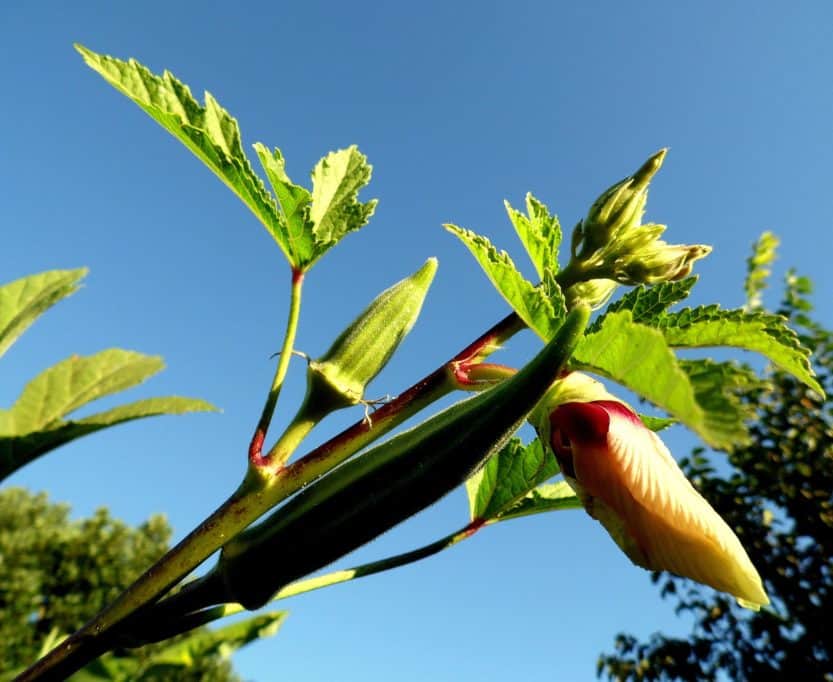
Okra thrives in the July heat, proving to be an excellent addition to the garden due to its ability to withstand severe heat and drought once established. Ideal planting takes place in the warm Florida climate where temperatures are between 75°F to 90°F. Okra requires full sun and well-drained soil; additionally, planting in July allows gardeners to harvest by late summer when the heat peaks.
Cucumbers
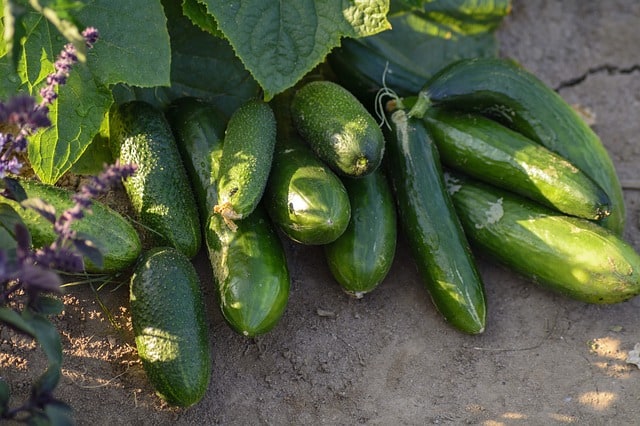
Fast-growing cucumbers can also be planted in July, particularly in southern Florida. These juicy vegetables prefer warm temperatures and can thrive in ranges of 70°F to 90°F. With the right care, cucumbers require consistent watering and should be spaced appropriately to facilitate airflow, preventing issues such as powdery mildew.
Squash
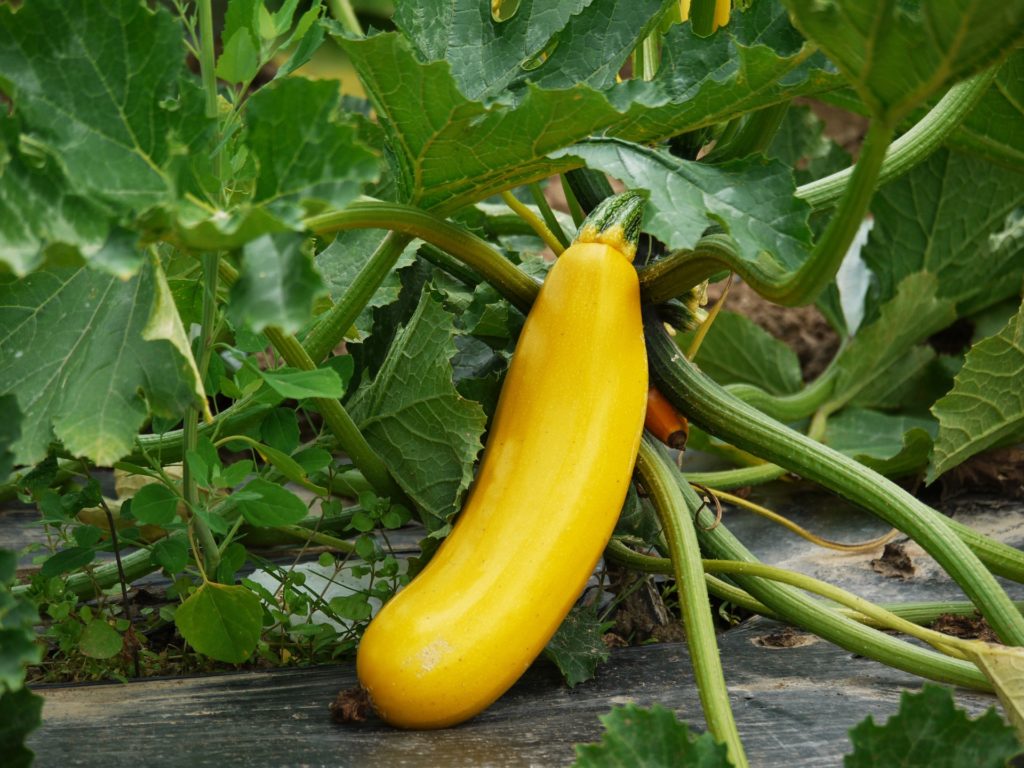
Both summer and winter squash can be planted in July, making them essential for the Florida garden. Varieties such as yellow squash and zucchini flourish in the summer heat. Ideal conditions range from 70°F to 95°F, with squash needing full sunlight and well-draining soil. Be cautious of pests such as squash bugs and utilize organic methods for management.
Beans
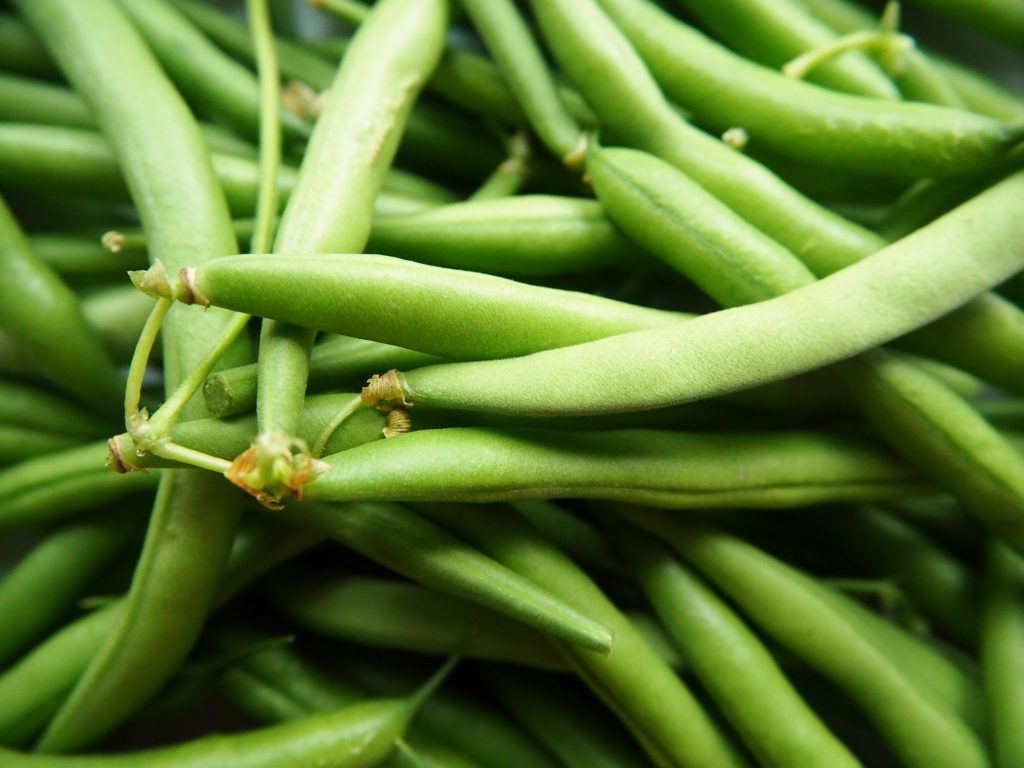
Bush and pole beans are excellent choices for July planting in Florida. They do well in warm soils with temperatures ranging from 70°F to 90°F. Beans are nitrogen-fixers, meaning they enrich the soil, thus making them beneficial for subsequent crops in succession planting. They also repel certain pests, making them an eco-friendly addition to any garden.
Eggplant
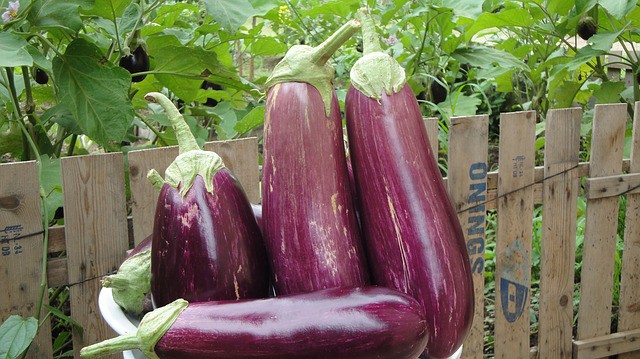
Eggplants thrive in the hot weather of July, with temperatures ideally between 70°F and 90°F. This plant loves sunshine and is quite drought-tolerant once established. Consider staking the plants, as they can grow quite tall and heavy with fruit. For an optimal yield, provide consistent watering and consider companion planting with pest-repelling herbs.
Melons
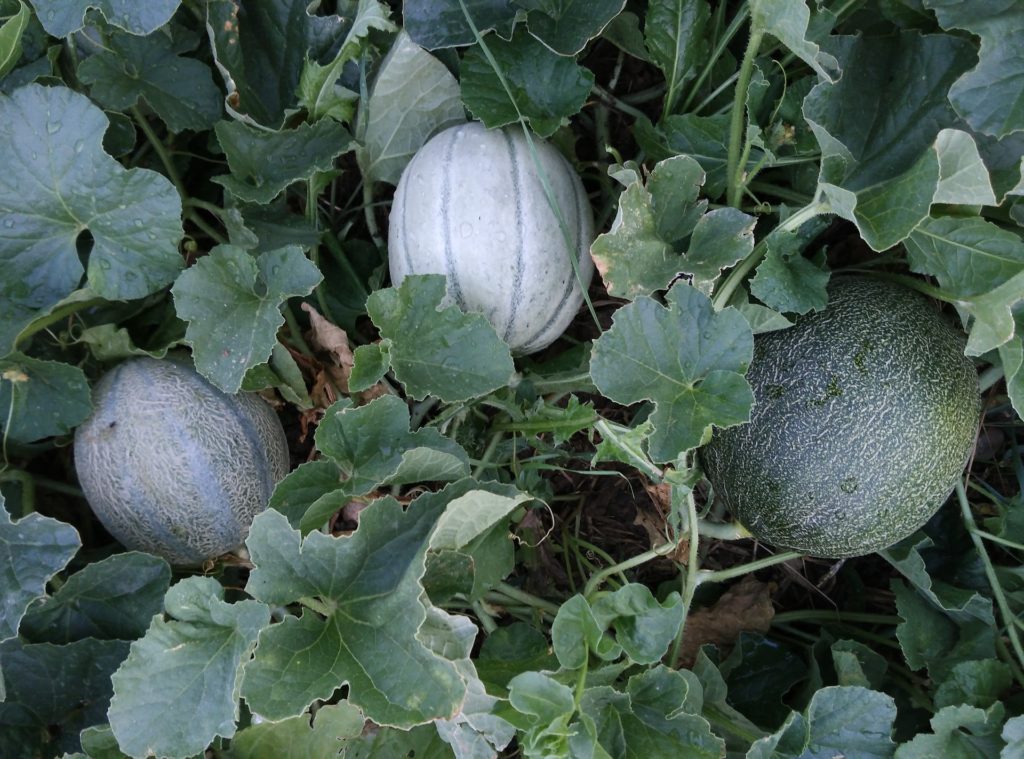
Planting melons such as cantaloupe and watermelon in July can yield delicious fruits by late summer. They thrive in warm temperatures, ideally within the range of 70°F to 95°F. Melons require a lot of space, so ensure ample spacing to support their sprawling vines. Fertile, well-draining soil will help establish strong plants that can produce a bountiful harvest.
Carrots
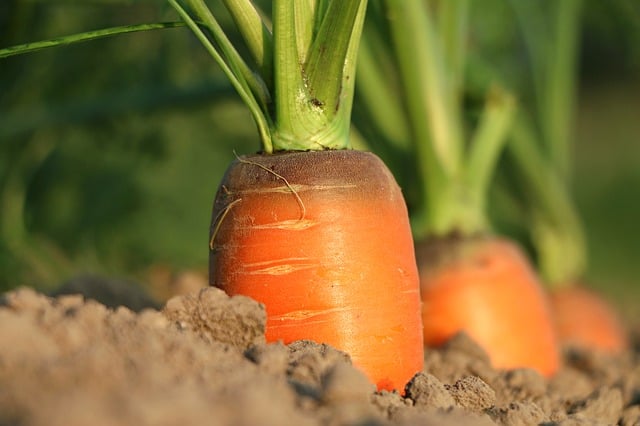
While carrots can generally be sown at different times, southern Florida gardeners can begin sowing heat-tolerant varieties in late July. Carrots do best in cooler soil conditions but can flourish in the early stages of their growth during the warmer months when given sufficient moisture. Choose resistant varieties to heat for the best results.
Flowers To Plant
Sunflowers

Sunflowers are a vibrant addition to gardens during the summer, peeking in July. These tall, cheerful flowers are not only beautiful but also attract beneficial pollinators. They thrive in warm temperatures ranging from 70°F to 85°F. Plant them in well-drained soil with ample sunlight for spectacular blooms.
Zinnias

Zinnias bring a burst of color to Florida gardens and are excellent for planting in July. These flowers are remarkably heat tolerant, thriving in temperatures from 70°F to 95°F. With a variety of shapes and colors available, zinnias can handle full sun exposure and are relatively low-maintenance. Regular deadheading promotes continual blooming.
Marigolds
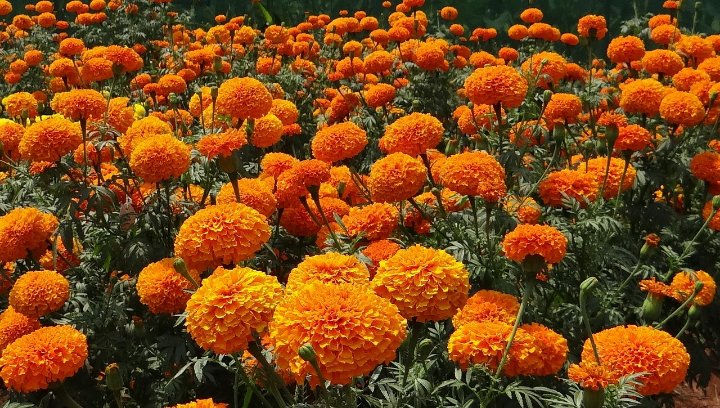
Marigolds serve both an ornamental and functional role in gardens, helping repel pests due to their scent. Ideal planting occurs in July as they flourish in warm weather (70°F to 90°F). These hardy annuals thrive in well-draining soil and will blossom continually until the first frost, making them a Florida favorite.
Cosmos

Cosmos are stunning late summer bloomers that can be planted in July. With their bright colors and lightweight blooms, they flourish in warm temperatures and can grow in a variety of soil types. Ideal conditions vary between 70°F to 85°F, making them hardy flowers suitable for Florida’s summer.
Lantana
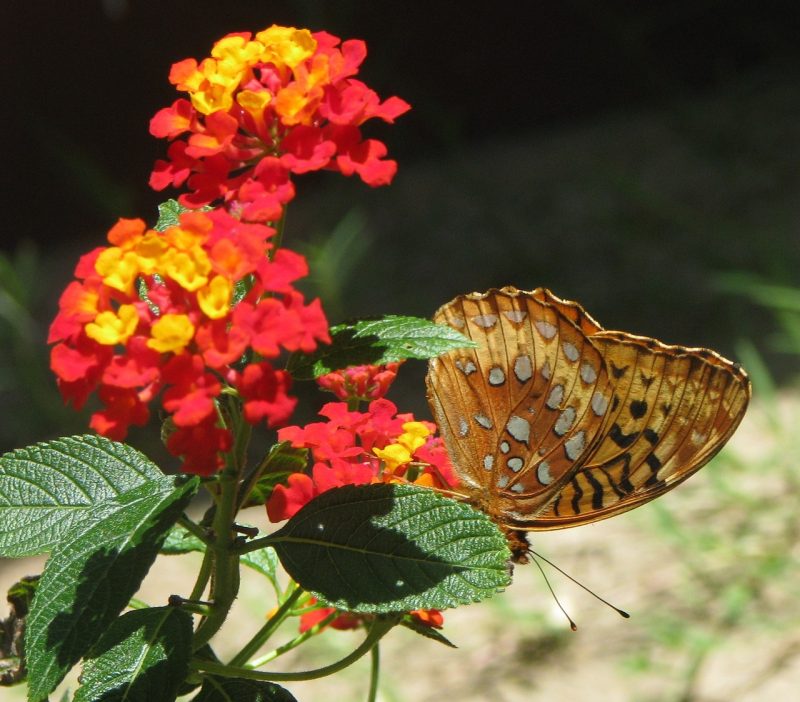
Lantana is a resilient perennial that offers vibrant clusters of flowers. It thrives under the heat of the Florida sun and prefers temperatures of 70°F to 95°F. Lantana is drought-tolerant once established and attracts butterflies, making it a perfect choice for pollinator gardens. Regular pruning helps maintain its shape.
Vinca
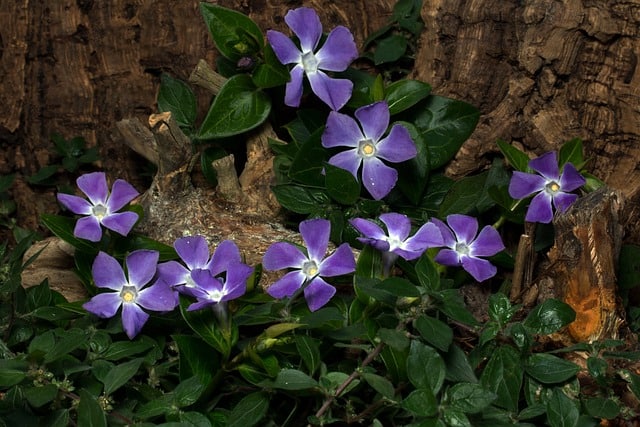
Vinca, or periwinkle, is known for its bright flowers and resistance to drought, making it a great option for Florida summers. These plants thrive in warm weather, preferring temperatures from 70°F to 90°F. Vinca’s low-maintenance nature allows them to perform well in various soil types, and they’re excellent for filling in borders or containers.
Salvia
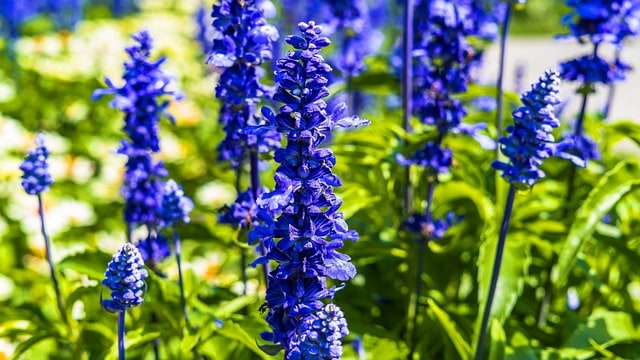
Sage family members, salvia, produce beautiful, vibrant spikes of flowers and are excellent for summer planting. They thrive in warm temperatures and are drought-resistant once established. Salvia loves sunlight and can tolerate poor soil conditions. Planting in July ensures blooming continues into the fall.
Black-eyed Susans
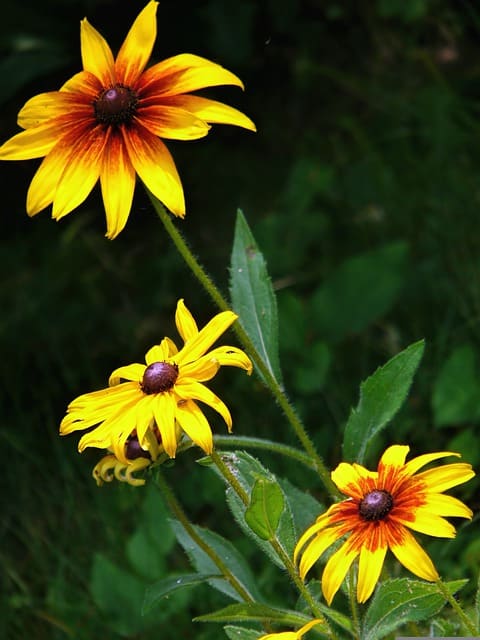
Black-eyed Susans bloom in vibrant yellow with dark centers and are ideal for July planting. They thrive in temperatures between 70°F to 90°F. These perennials are low-maintenance and require minimal attention once established, making them perfect for gardeners looking for a robust flower that attracts pollinators.
Pentas

Pentas are fantastic for attracting butterflies and hummingbirds due to their brightly colored clusters of flowers. July is an excellent time to plant these heat-loving plants in Florida, as they thrive in temperatures around 70°F to 95°F. Pentas can bloom year-round, provided they receive adequate sunlight and well-draining soil.
Gaillardia
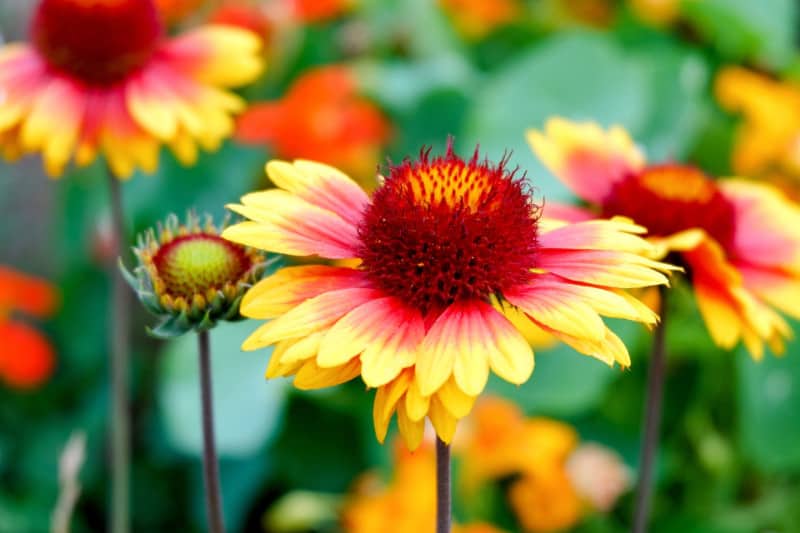
Gaillardia, or blanket flower, is a hardy perennial that can handle the summer extremes of Florida. Ideal conditions for planting include temperatures between 70°F and 95°F. Gaillardia is drought-tolerant once established and produces beautiful daisy-like flowers, making them a striking and reliable addition to any garden.
Herbs To Plant
Basil
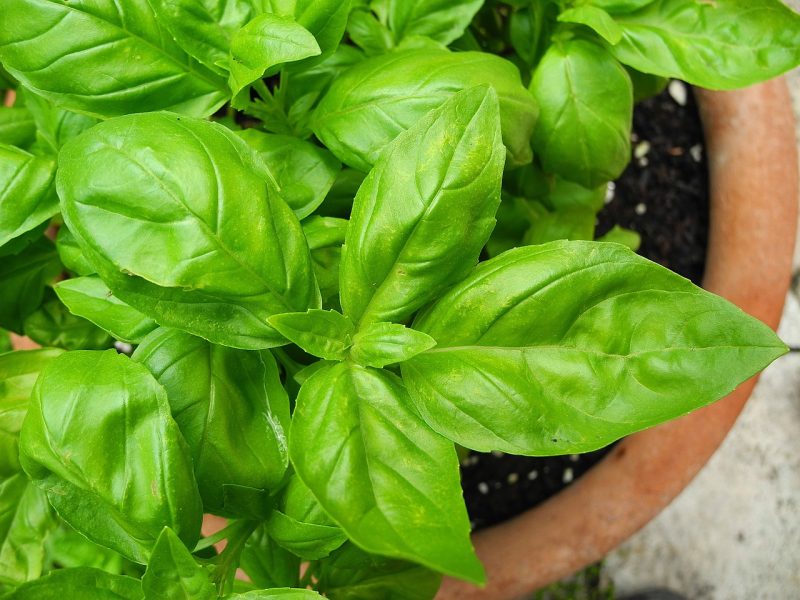
Basil thrives in the heat and can be planted in July, preferring temperatures from 70°F to 90°F. This culinary favorite does well in well-drained soil with organic matter. Basil is a versatile herb that can be used in numerous dishes and as a companion plant to deter pests in vegetable gardens.
Oregano
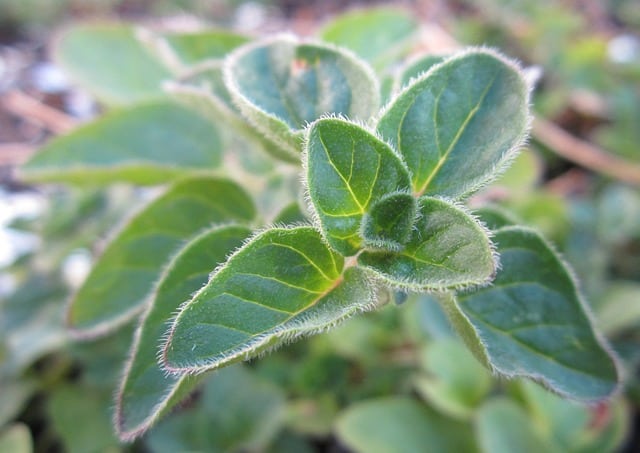
Oregano is an aromatic herb ideal for planting in July in Florida’s warm climates. Thriving in temperatures of 70°F to 85°F, this herb prefers well-drained soil and full sunlight. Oregano can adapt well to most conditions and is perfect for seasoning a variety of dishes, making it a culinary essential.
Rosemary
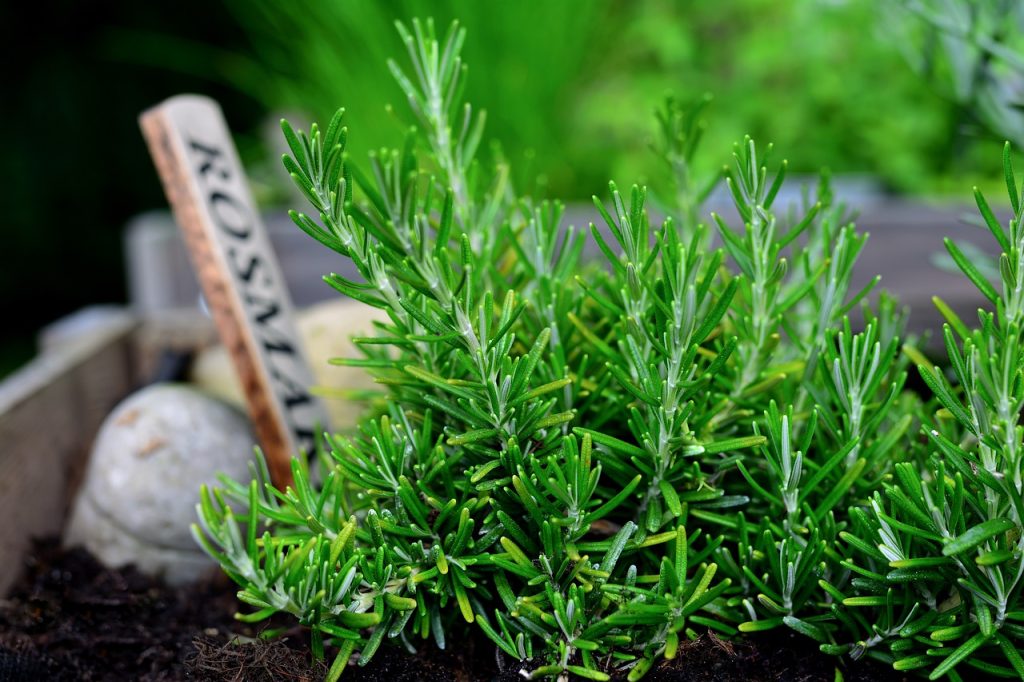
Rosemary thrives in warm, sunny conditions and is perfect for planting in July. It prefers temperatures of 70°F to 90°F and requires well-drained soil to prevent root rot. This fragrant herb is drought-resistant once established, and its versatility in cooking adds flavor to numerous dishes.
Thyme
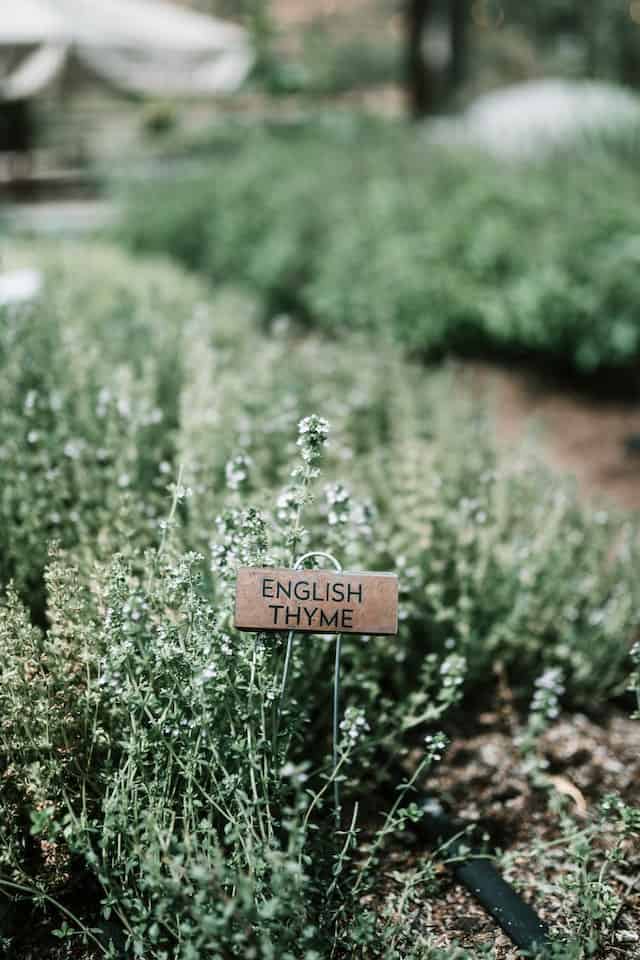
Thyme is another herb that grows well when planted in July. Thriving in warm conditions (75°F to 90°F), thyme requires minimal water once established. It can tolerate drought and poor soil and is a great herb to have on hand for culinary use. Thyme also makes an attractive ground cover in gardens due to its low-growing nature.
Cilantro
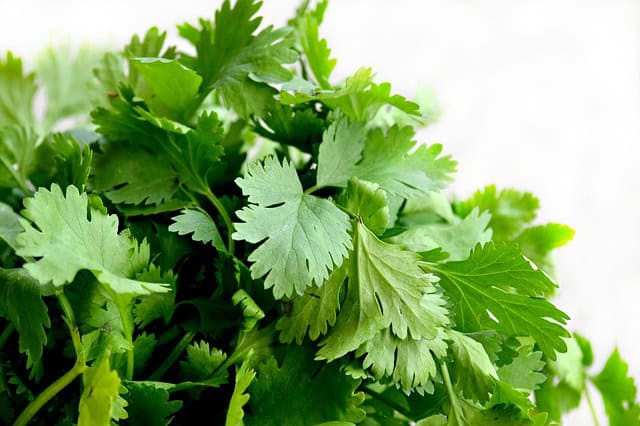
While cilantro is typically grown in cooler months, a second planting can occur in July in southern Florida, particularly if you select slow-bolting varieties. Cilantro prefers cooler weather, but planting it now can yield a harvest before the intense summer heat takes hold. It grows best in temperatures around 65°F to 75°F.
Mint
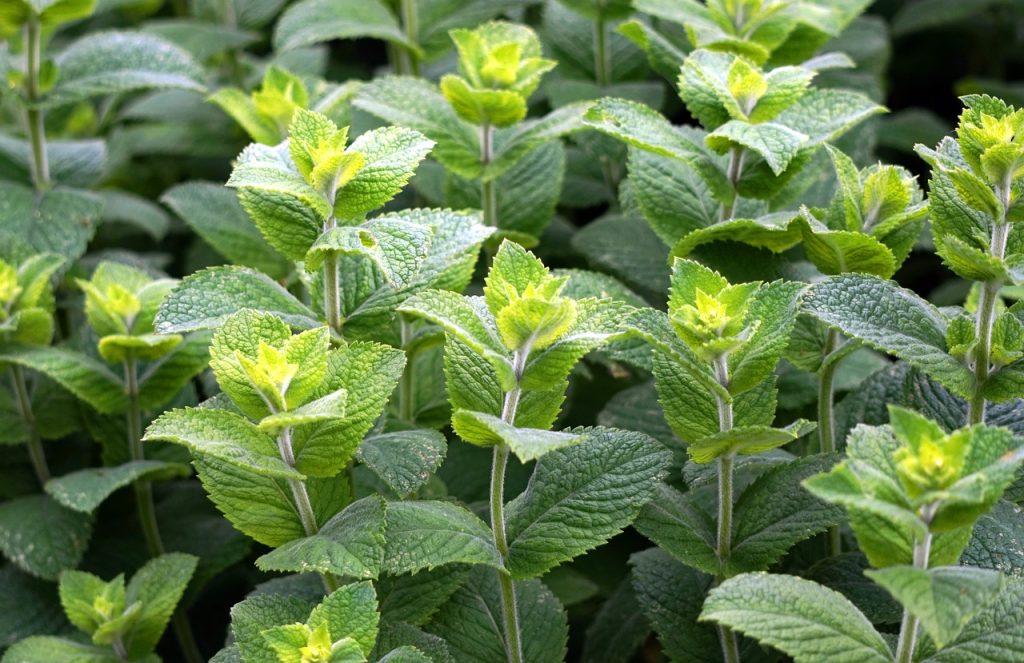
Mint is a vigorous grower and can be planted in July, ideally in the cooler parts of the day to prevent leaf scorch. This herb enjoys temperatures between 70°F and 85°F and thrives in rich, moisture-retentive soil. Mint can spread aggressively, so it’s recommended to plant it in containers to control its growth.
Chives

Chives are a hardy perennial herb that can handle Florida’s summer conditions when planted in July. Preferring temperatures of around 70°F to 80°F, chives require full sun and well-drained soil. This onion family member adds a burst of flavor to meals and can be grown easily in pots or garden beds.
Dill
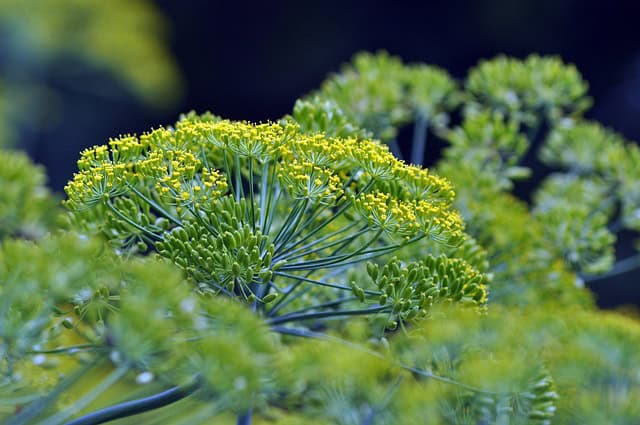
Dill can be successfully sown in July, although it prefers cooler weather for best germination. Planting should occur in the hottest part of the month in southern Florida, where temperatures can range from 70°F to 90°F. Dill is often harvested before it bolts, and it serves well in culinary uses as a flavor enhancer.
Lemon Balm

Lemon balm is a fragrant herb that enjoys warm weather and can be planted in July. It thrives in temperatures between 70°F to 90°F, preferring rich, well-drained soils. This herb is excellent for herbal teas and presents a delightful aroma, thus making it an attractive choice for home gardens.
Parsley
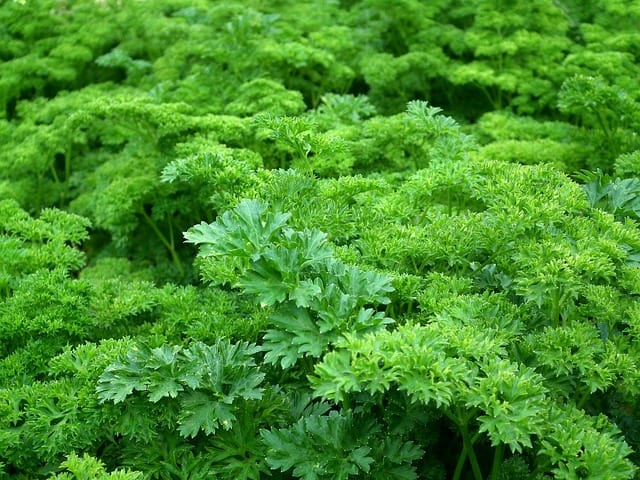
Though typically a cool-weather herb, July offers an opportunity to plant parsley in southern Florida if you select a fast-growing variety. Ideal temperatures hover around 70°F to 85°F. It’s essential to keep the soil consistently moist during germination. Parsley is versatile and rich in nutrients, making it a garden essential.
Landscape Plants To Plant
Hibiscus
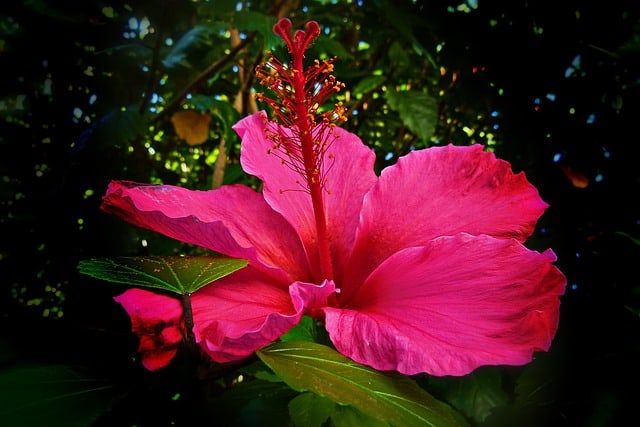
Hibiscus thrives in Florida’s tropical climate and is ideal for planting in July. It prefers temperatures between 75°F and 95°F and grows best in well-draining, nutrient-rich soil. These striking plants are known for their large blooms and can be used as focal points in gardens or as a hedge for added privacy.
Bougainvillea
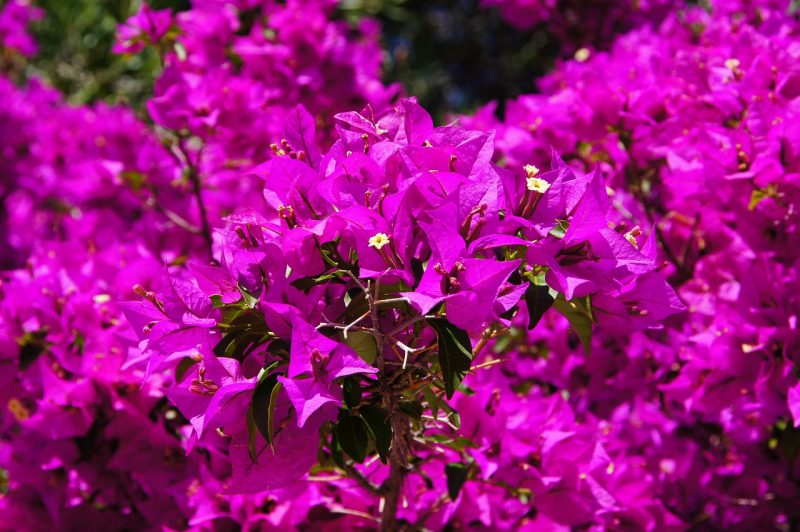
Bougainvillea is a vibrant, drought-tolerant landscape plant perfect for Florida’s hot summer months. Planting in July allows for establishing before cooler months set in. They thrive in full sun and well-drained soil, flourishing in temperatures from 70°F to 100°F. Bougainvillea can be used in various landscape applications, from walls to hanging baskets.
Oleander
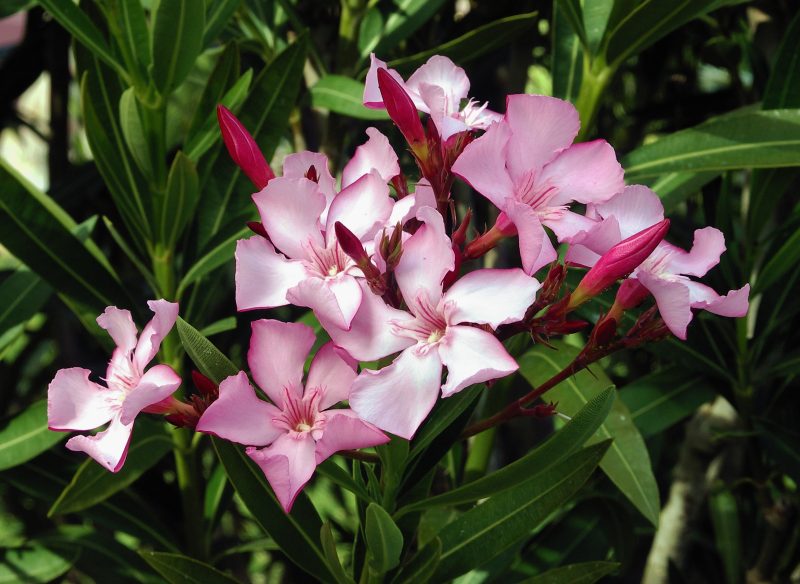
Oleander is a hardy shrub that blooms profusely in summer and is well-suited for Florida gardens. It can be planted in July, thriving in temperatures from 70°F to 100°F. Oleander requires full sun and well-draining soil. However, take care when planting; all parts of the plant are toxic if ingested.
Canna Lily
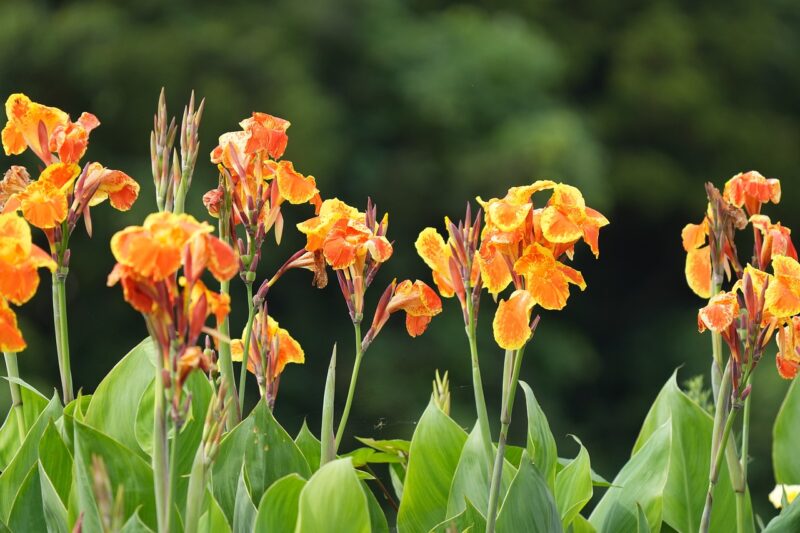
Canna lilies add tropical flair to any landscape and can be planted in July. They thrive in warm conditions and require temperatures between 70°F to 95°F. Canna lilies appreciate plenty of sunlight and moist soil while producing colorful, showy blooms that attract pollinators, offering both beauty and diversity in Florida landscapes.
Palm Trees

July is an excellent time for planting palm trees in Florida, where temperatures can exceed 70°F to 100°F during the summer months. Varieties like the Sabal Palm and Windmill Palm are well-suited for the state’s climate. Palms must be planted in well-draining soil to establish robust roots and maintain their health in the long run.
Firebush
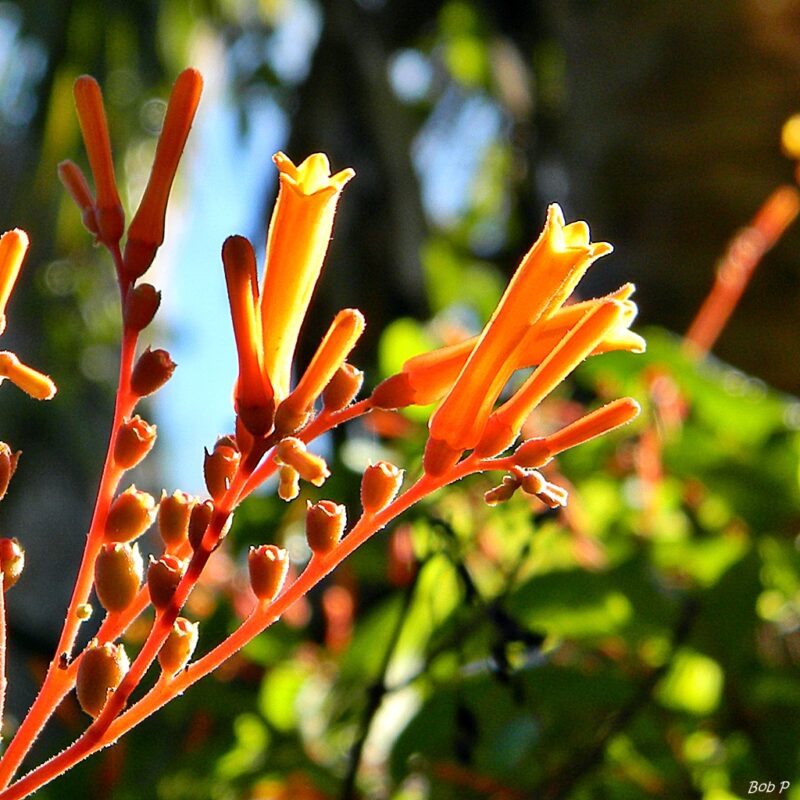
Firebush is a native plant well-suited for Florida’s climate and can be planted in July. Thriving in temperatures of 70°F to 95°F, it is known for attracting hummingbirds and butterflies due to its tubular blooms. Firebush prefers full sun and adapts well to various soil types, making it perfect for wildlife gardens.
Ixora
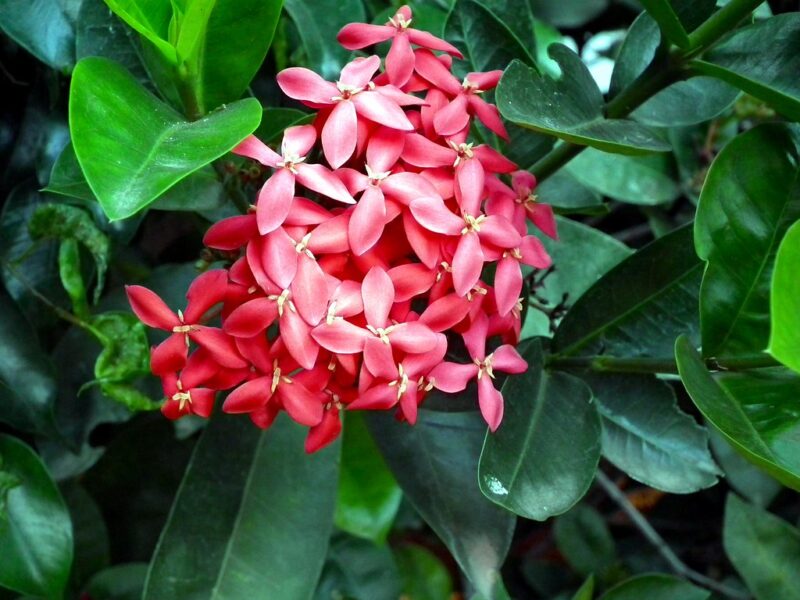
Ixora is a drought-resistant shrub that flourishes in Florida’s warm weather, making it ideal for July planting. It loves sunlight and tolerates a variety of soils so long as they drain well. With its small, colorful flowers, it can add vibrant color and attract pollinators, making it an attractive choice for landscapes.
Jatropha
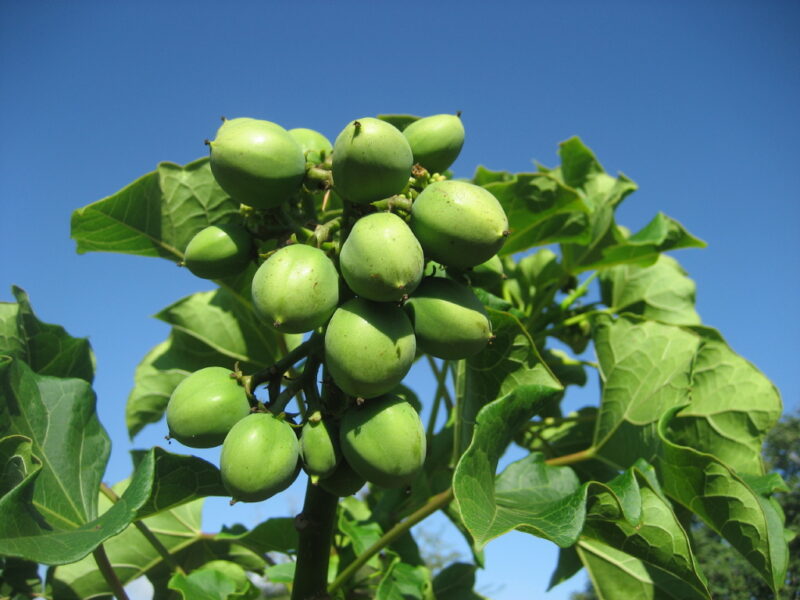
Jatropha is a drought-tolerant plant that adapts well to the hot summer months in Florida. Ideal for planting in July, it flourishes in temperatures ranging from 70°F to 100°F. Jatropha features striking, showy flowers and can be used in hedges or as standalone features within a landscape design.
Aloe Vera
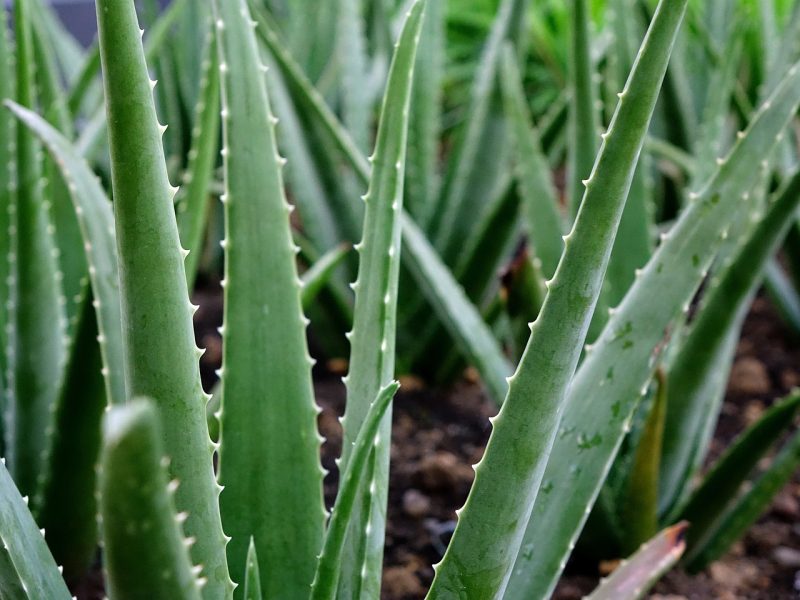
Aloe vera is a resilient succulent that loves warm climates and can be easily planted in July. Thriving in temperatures between 70°F to 100°F, this drought-tolerant plant prefers well-draining soil and full sunlight. Aloe vera serves both decorative and functional purposes as it has medicinal properties and can be used in skincare.
Agapanthus

Agapanthus, also known as lily of the Nile, blooms beautifully in July and is perfect for semi-tropical landscapes. It thrives in temperatures of 70°F to 95°F and appreciates well-drained, fertile soil. These striking blue or white flowers attract butterflies and create a picturesque display in gardens.





